Sir John Monash, Personal Files Book 15, 10 May - 9 June 1917, Part 4
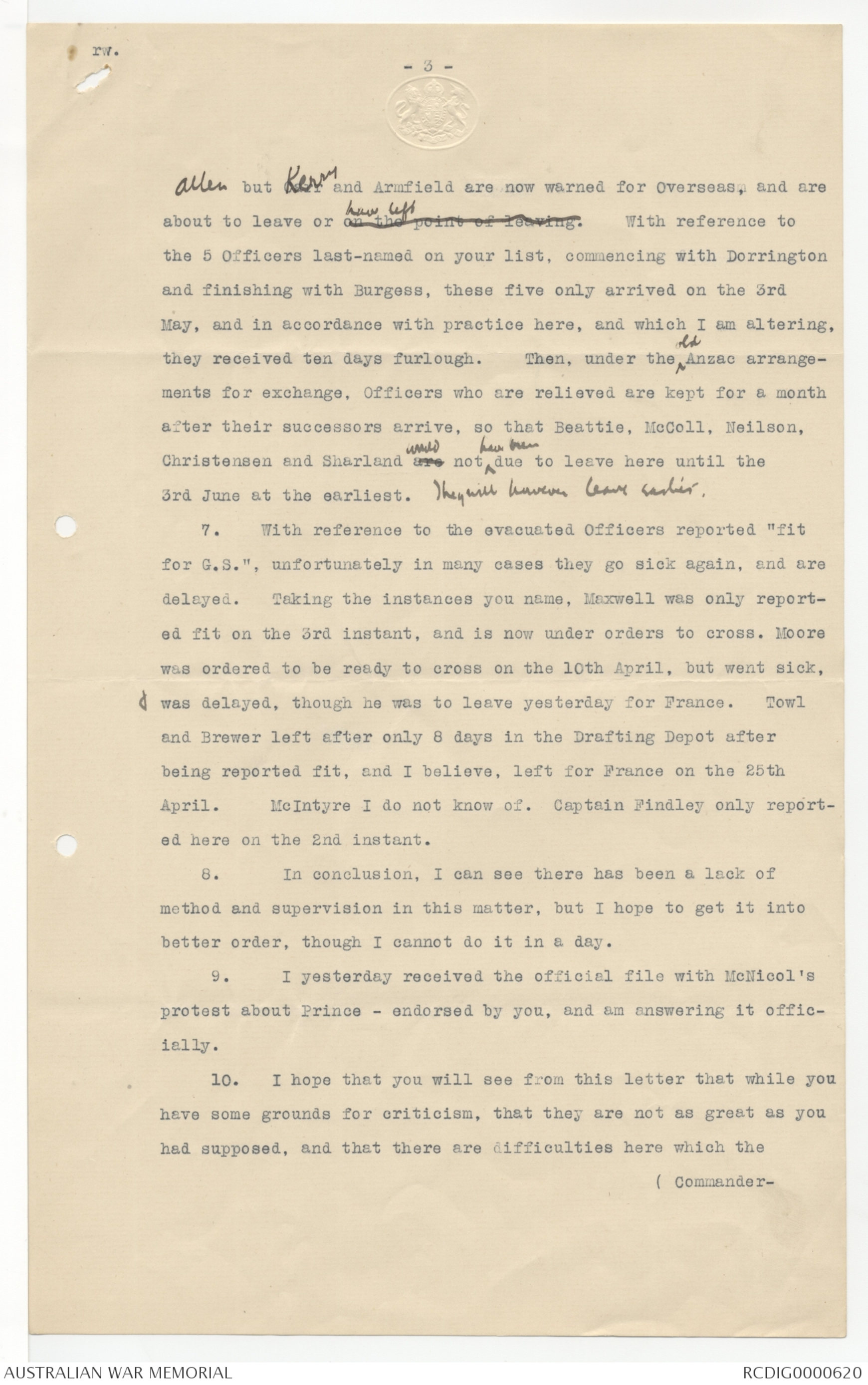
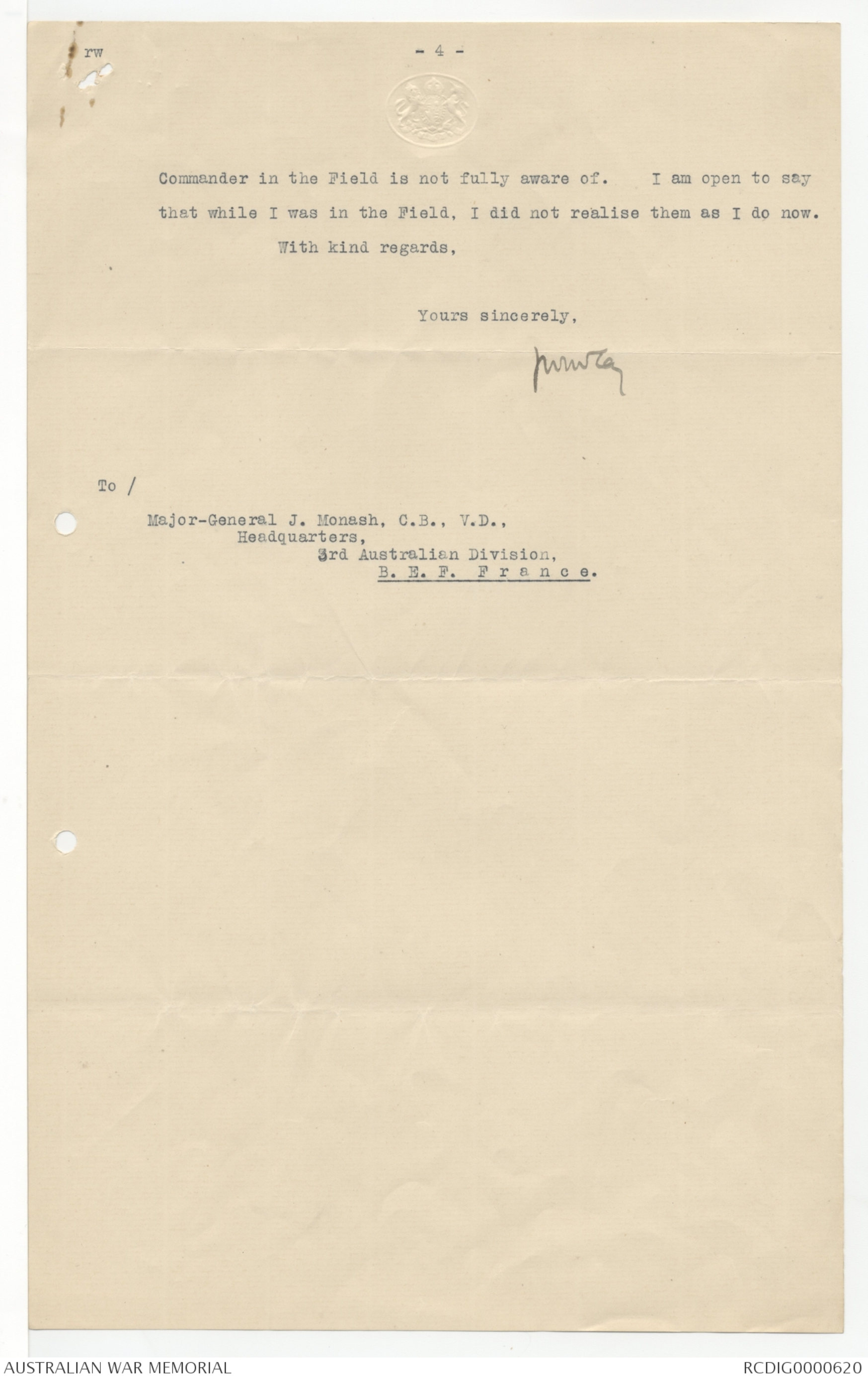
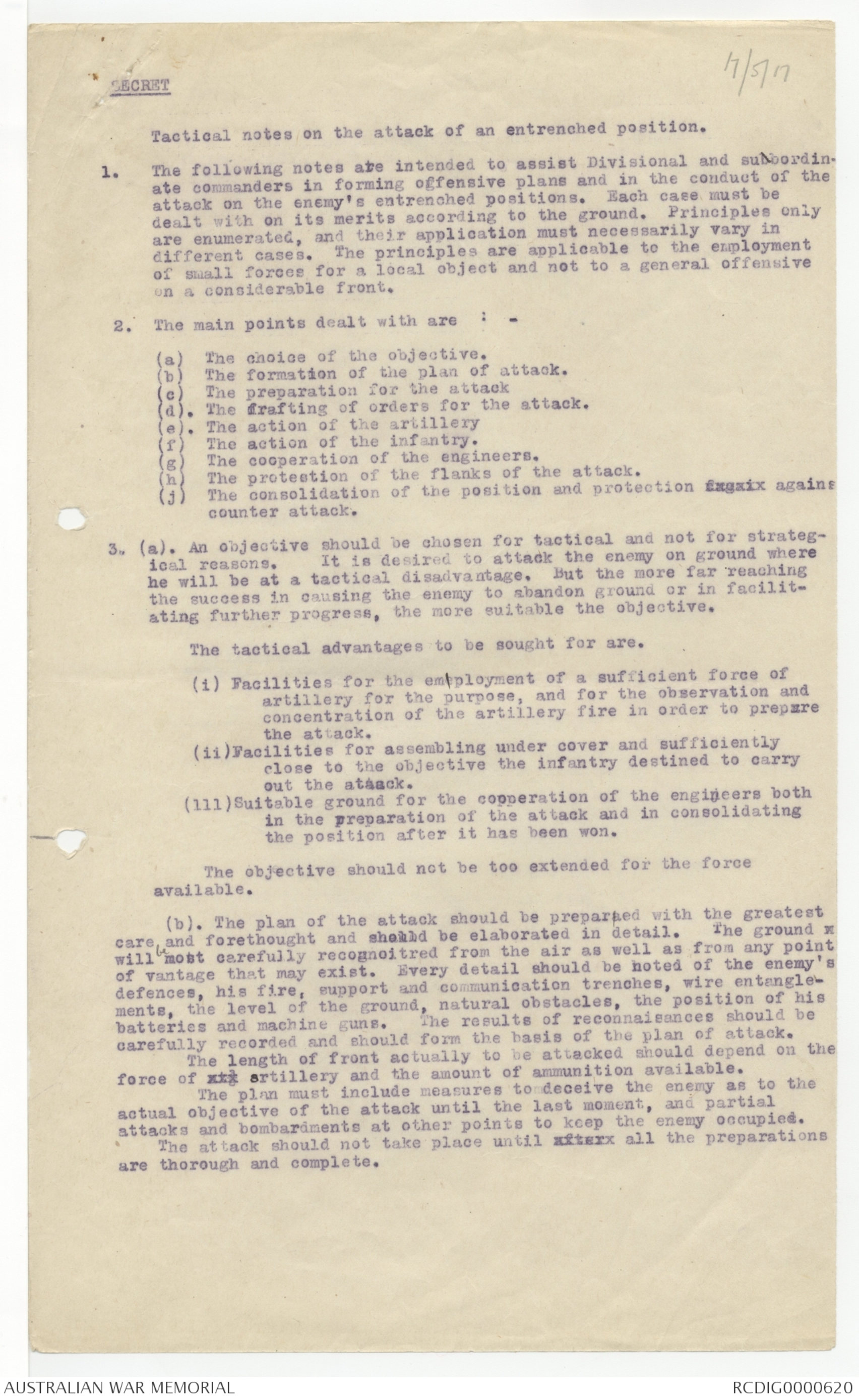
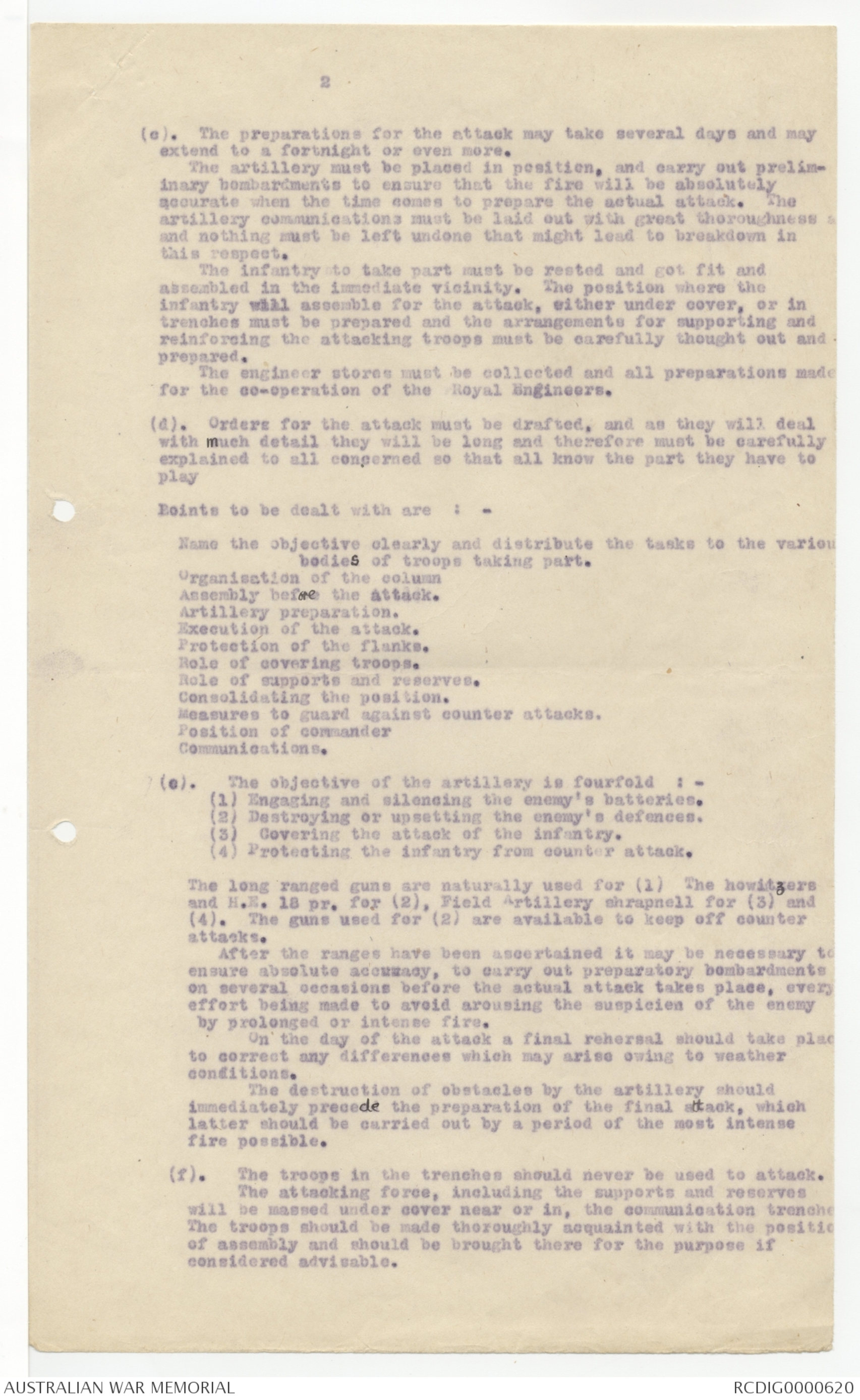
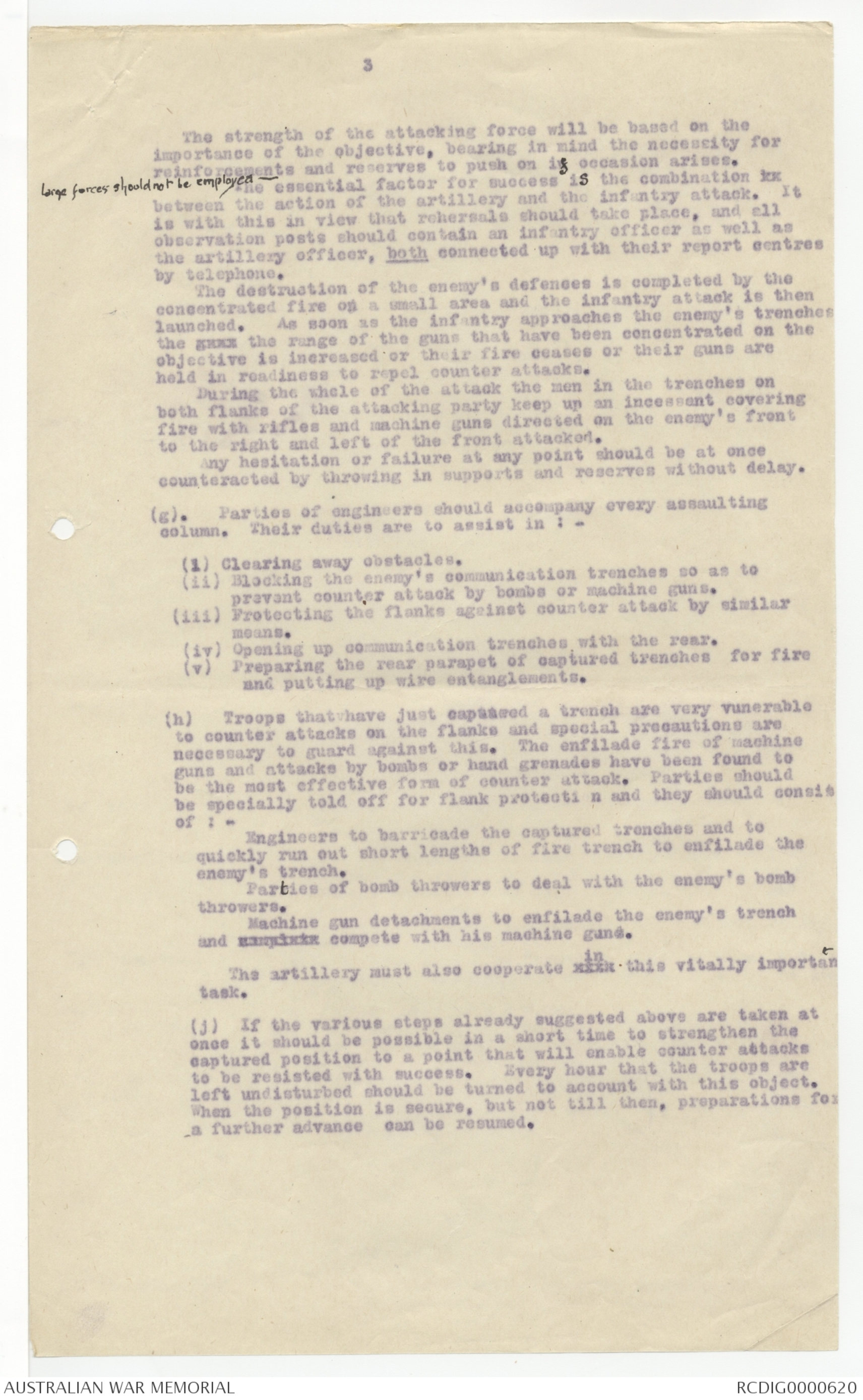
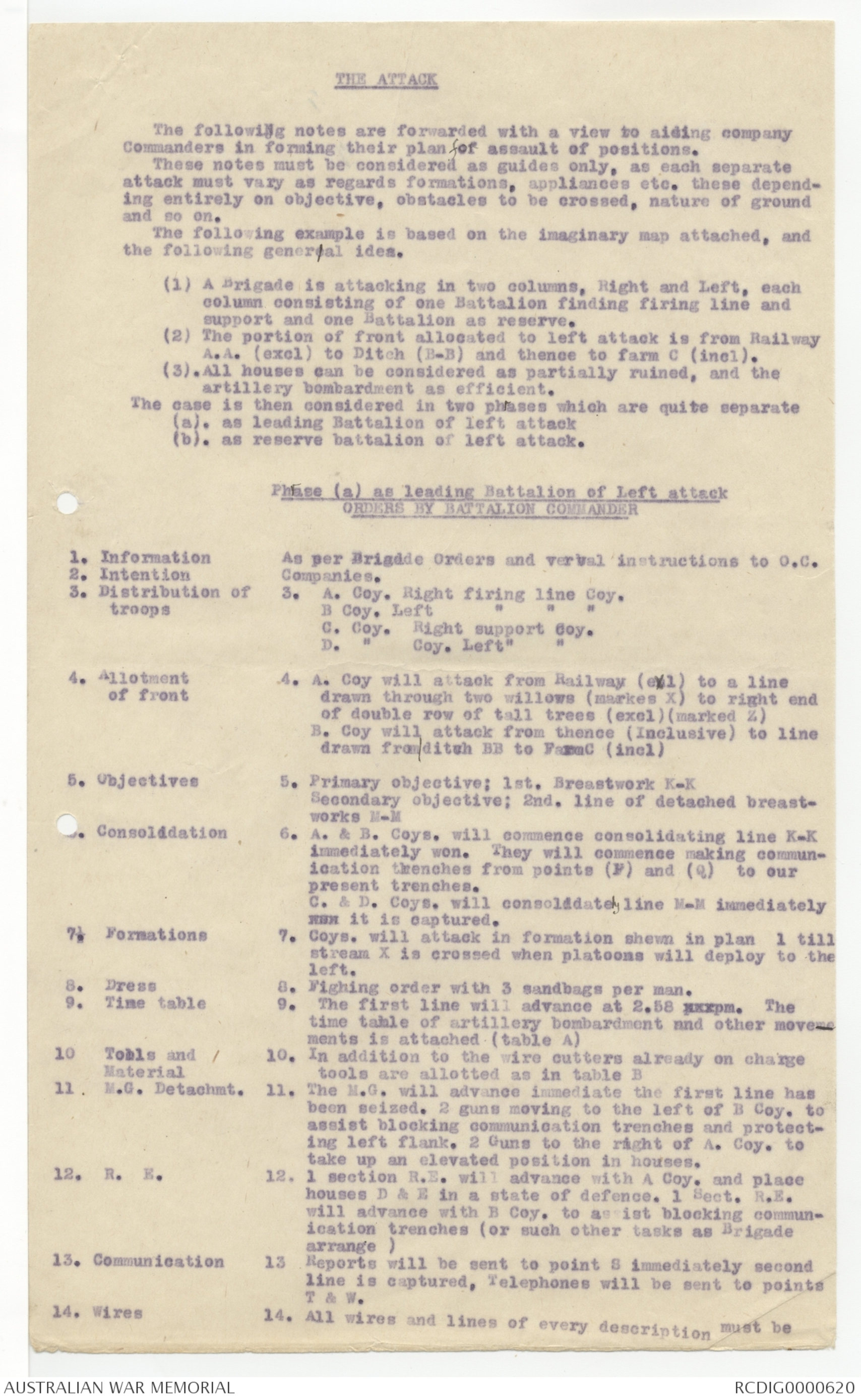
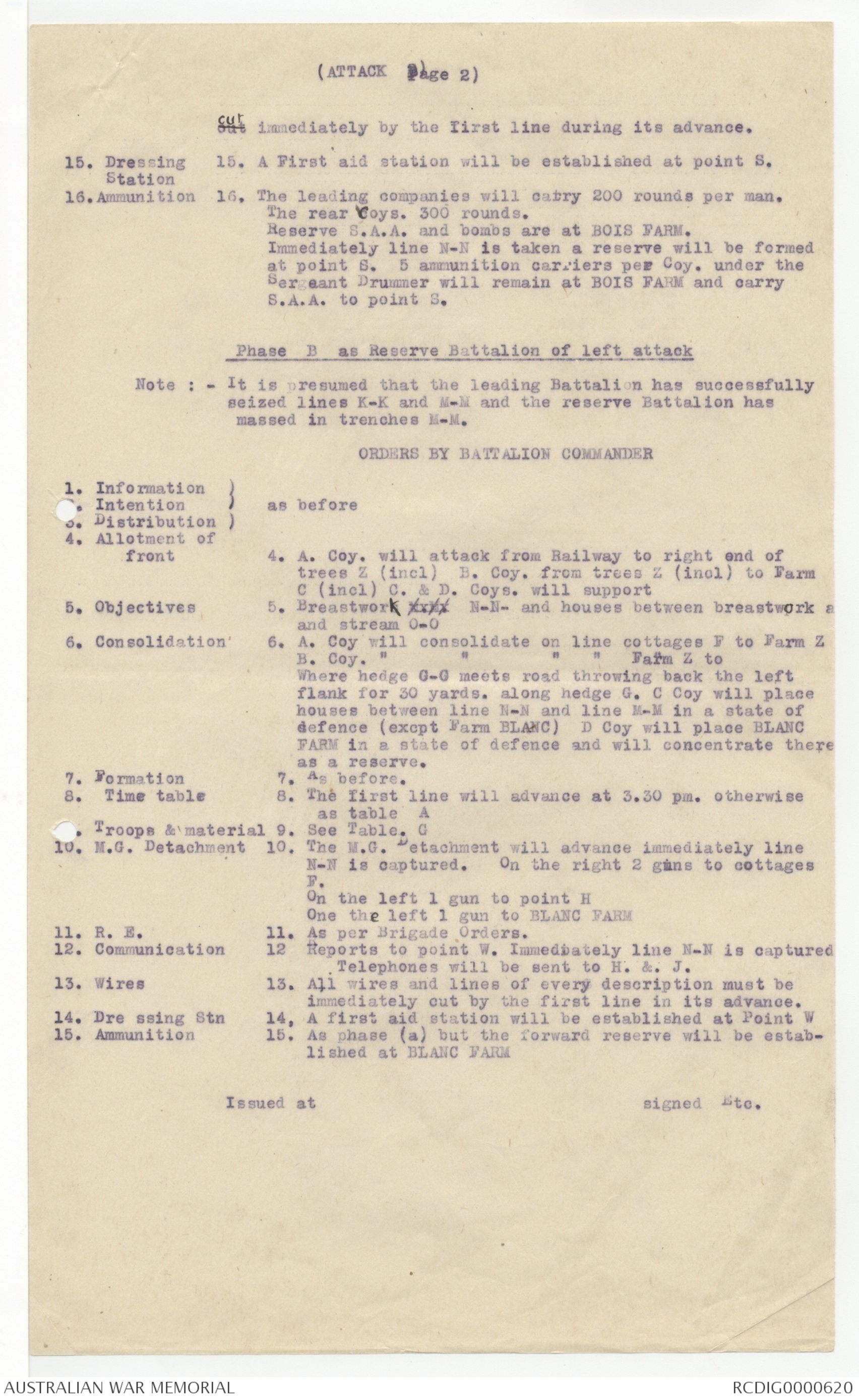
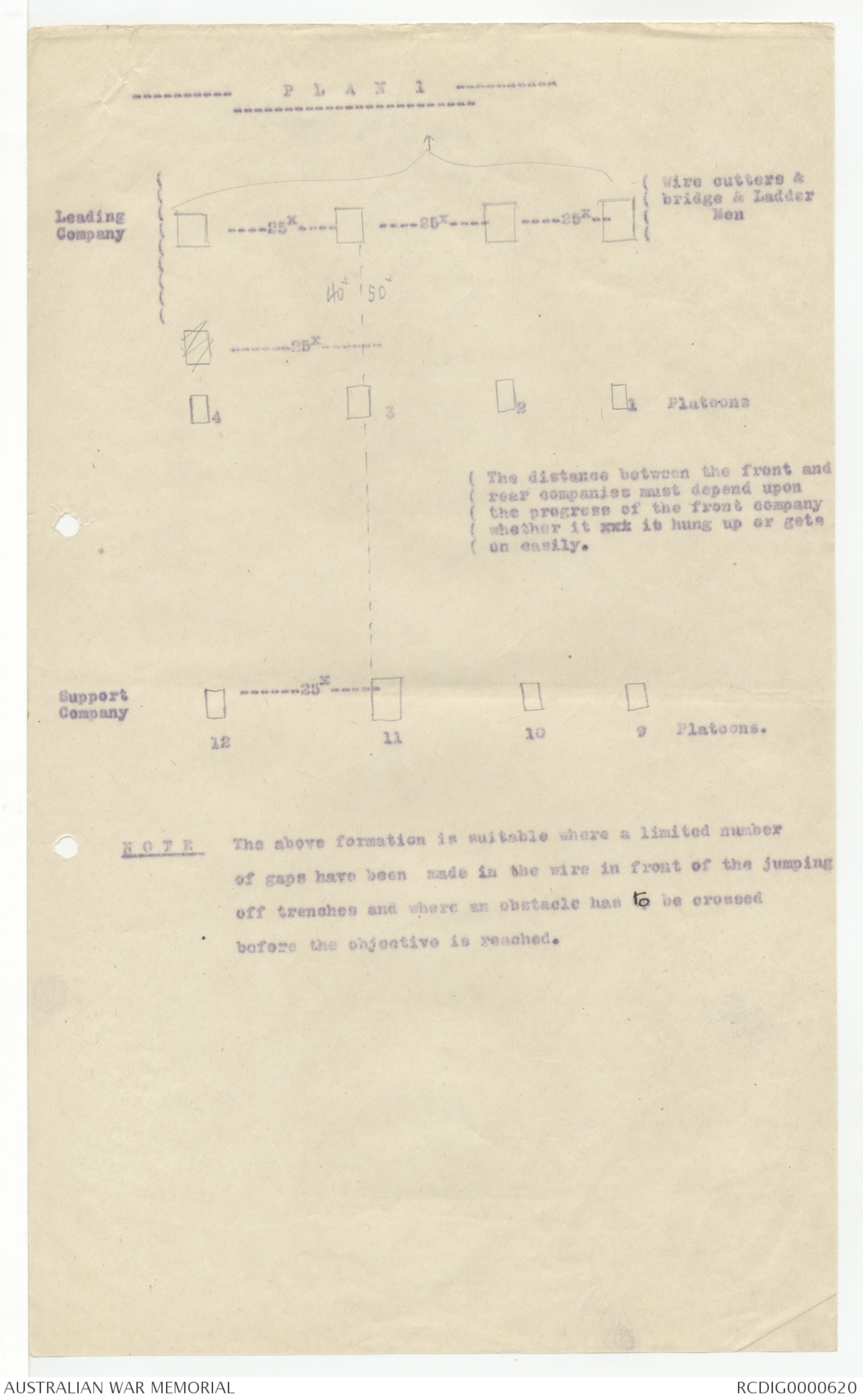
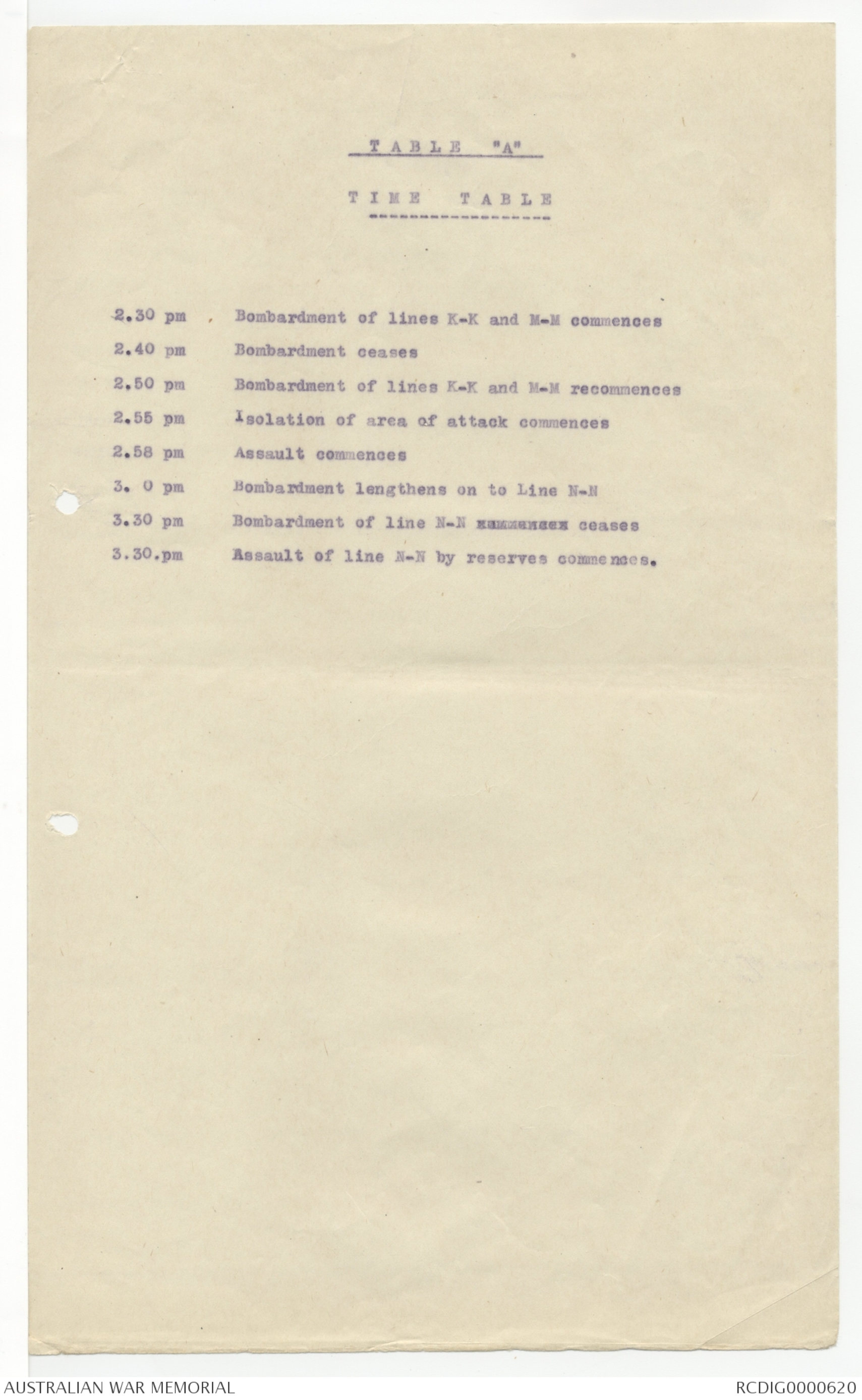
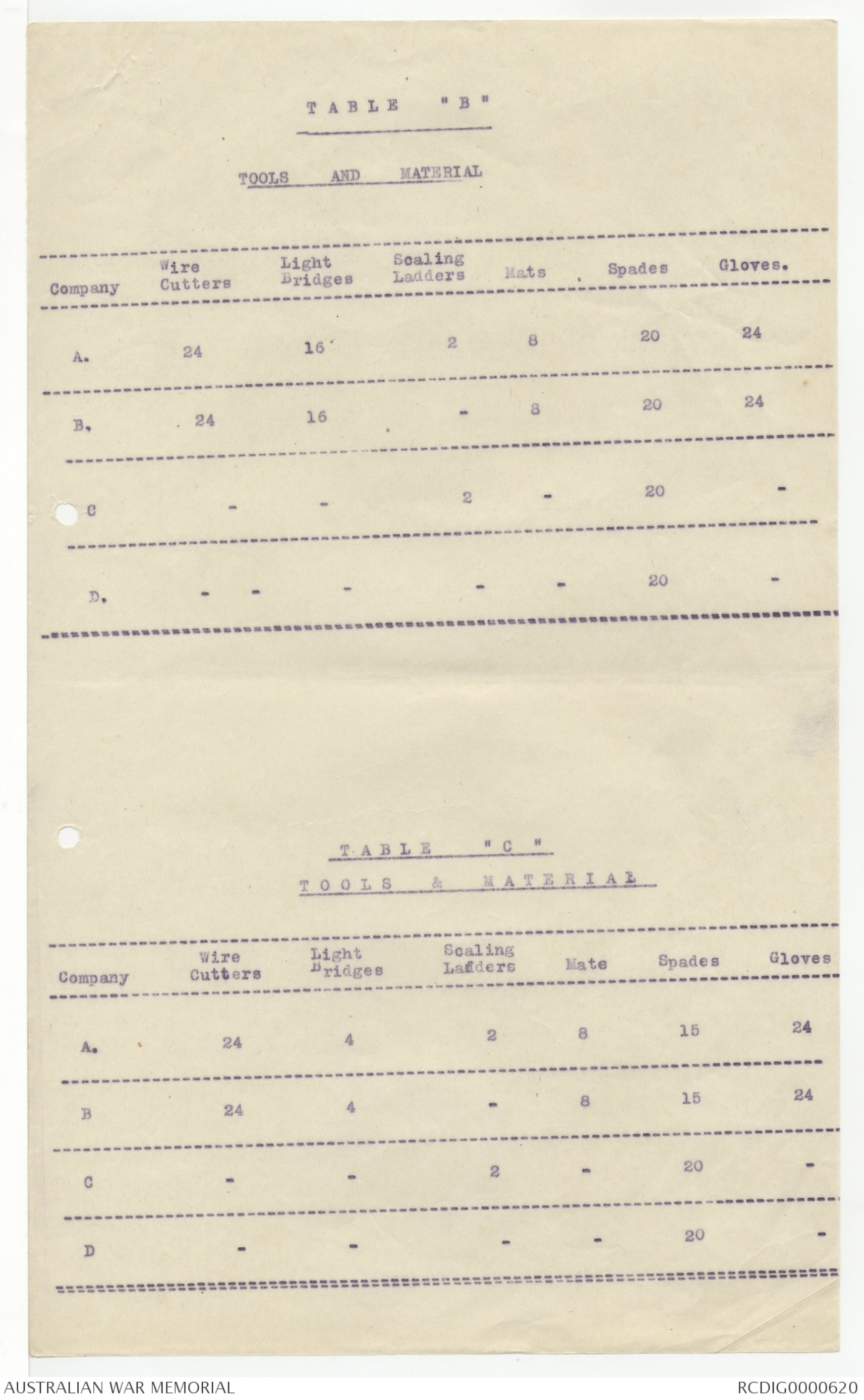
rw.
-3-
Allen but Carr Kerry and Armfield are now warned for Overseas, and are
about to leave or have left on the point of leaving. With reference to
the 5 Officers last-named on your list, commencing with Dorrington
and finishing with Burgess, these five only arrived on the 3rd
May, and in accordance with practice here, and which I am altering,
they received ten days furlough. Then, under the ^old Anzac arrangements
for exchange, Officers who are relieved are kept for a month
after their successors arrive, so that Beattie, McColl, Neilson,
Christensen and Sharland would are not ^have been due to leave here until the
3rd June at the earliest. They will however leave earlier.
7. With reference to the evacuated Officers reported "fit
for G.S.", unfortunately in many cases they go sick again, and are
delayed. Taking the instances you name, Maxwell was only reported
fit on the 3rd instant, and is now under orders to cross. Moore
was ordered to be ready to cross on the 10th April, but went sick,
& was delayed, though he was to leave yesterday for France. Towl
and Brewer left after only 8 days in the Drafting Depot after
being reported fit, and I believe, left for France on the 25th
April. McIntyre I do not know of. Captain Findley only reported
here on the 2nd instant.
8. In conclusion, I can see there has been a lack of
method and supervision in this matter, but I hope to get it into
better order, though I cannot do it in a day.
9. I yesterday received the official file with McNicol's
protest about Prince - endorsed by you, and am answering it officially.
10. I hope that you will see from this letter that while you
have some grounds for criticism, that they are not as great as you
had supposed, and that there are difficulties here which the
(Commander -
rw
-4-
Commander in the Field is not fully aware of. I am open to say
that while I was in the Field, I did not realise them as I do now.
With kind regards,
Yours sincerely,
J W McCay
To /
Major-General J. Monash, C.B., V.D.,
Headquarters,
3rd Australian Division,
B.E.F. France.
17/5/17
SECRET
Tactical notes on the attack of an entrenched position.
1. The following notes are intended to assist Divisional and subbordinate
commanders in forming offensive plans and in the conduct of the
attack on the enemy's entrenched positions. Each case must be
dealt with on its merits according to the ground. Principles only
are enumerated, and their application must necessarily vary in
different cases. The principles are applicable to the employment
of small forces for a local object and not to a general offensive
on a considerable front.
2. The main points dealt with are : -
(a) The choice of the objective.
(b) The formation of the plan of attack.
(c) The preparation for the attack
(d). The drafting of orders for the attack.
(e). The action of the artillery
(f) The action of the infantry.
(g) The cooperation of the engineers.
(h) The protection of the flanks of the attack.
(j) The consolidation of the position and protection xxxxxx agains
counter attack.
3. (a). An objective should be chosen for tactical and not for strategical
reasons. It is desired to attack the enemy on ground where
he will be at a tactical disadvantage. But the more far reaching
the success in causing the enemy to abandon ground or in facilitating
further progress, the more suitable the objective.
The tactical advantages to be sought for are.
(i) Facilities for the emeployment of a sufficient force of
artillery for the purpose, and for the observation and
concentration of the artillery fire in order to prepare
the attack.
(ii) Facilities for assembling under cover and sufficiently
close to the objective the infantry destined to carry
out the attack.
(111) Suitable ground for the cooperation of the engineers both
in the preparation of the attack and in consolidating
the position after it has been won.
The objective should not be too extended for the force
available.
(b). The plan of the attack should be preparaed with the greatest
care, and forethought and should be elaborated in detail. The ground x
will be most carefully reconnoitred from the air as well as from any point
of vantage that may exist. Every detail should be noted of the enemy's
defences, his fire, support and communication trenches, wire entanglements,
the level of the ground, natural obstacles, the position of his
batteries and machine guns. The results of reconnaisances should be
carefully recorded and should form the basis of the plan of attack.
The length of front actually to be attacked should depend on the
force of xxx artillery and the amount of ammunition available.
The plan must include measures to deceive the enemy as to the
actual objective of the attack until the last moment, and partial
attacks and bombardments at other points to keep the enemy occupied.
The attack should not take place until after all the preparations
are thorough and complete.
2
(c). The preparations for the attack may take several days and may
extend to a fortnight or even more.
The artillery must be placed in position, and carry out preliminary
bombardments to ensure that the fire will be absolutely
accurate when the time comes to prepare the actual attack. The
artillery communications must be laid out with great thoroughness
and nothing must be left undone that might lead to breakdown in
this respect.
The infantry to take part must be rested and got fit and
assembled in the immediate vicinity. The position where the
infantry will assemble for the attack, either under cover, or in
trenches must be prepared and the arrangements for supporting and
reinforcing the attacking troops must be carefully thought out and
prepared.
The engineer stores must be collected and all preparations made
for the co-operation of the Royal Engineers.
(d). Orders for the attack must be drafted, and as they will deal
with much detail they will be long and therefore must be carefully
explained to all concerned so that all know the part they have to
play
Points to be dealt with are: -
Name the objective clearly and distribute the tasks to the variou
bodies of troops taking part.
Organisation of the column
Assembly before the attack.
Artillery preparation.
Execution of the attack.
Protection of the flanks.
Role of covering troops.
Role of supports and reserves.
Consolidating the position.
Measures to guard against counter attacks.
Position of commander
Communications.
(e). The objective of the artillery is fourfold : -
(1) Engaging and silencing the enemy's batteries.
(2) Destroying or upsetting the enemy's defences.
(3) Covering the attack of the infantry.
(4) Protecting the infantry from counter attack.
The long ranged guns are naturally used for (1) The howitzers
and H.E. 18 pr. for (2), Field Artillery shrapnell for (3) and
(4). The guns used for (2) are available to keep off counter
attacks.
After the ranges have been ascertained it may be necessary to
ensure absolute accuracy, to carry out preparatory bombardments
on several occasions before the actual attack takes place, every
effort being made to avoid arousing the suspicion of the enemy
by prolonged or intense fire.
On the day of the attack a final rehersal should take plac
to correct any differences which may arise owing to weather
conditions.
The destruction of obstacles by the artillery should
immediately precede the preparation of the final attack, which
latter should be carried out by a period of the most intense
fire possible.
(f). The troops in the trenches should never be used to attack.
The attacking force, including the supports and reserves
will be massed under cover near or in, the communication trenche
The troops should be made thoroughly acquainted with the positio
of assembly and should be brought there for the purpose if
considered advisable.
3
The strength of the attacking force will be based on the
importance of the objective, bearing in mind the necessity for
reinforcements and reserves to push on if occasion arises.
Large forces should not be employed -
The essential factor for success is the combination xx
between the action of the artillery and the infantry attack. It
is with this in view that rehersals should take place, and all
observation posts should contain an infantry officer as well as
the artillery officer, both connected up with their report centres
by telephone.
The destruction of the enemy's defences is completed by the
concentrated fire on a small area and the infantry attack is then
launched. As soon as the infantry approaches the enemy's trenches
the xxx the range of the guns that have been concentrated on the
objective is increased or their fire ceases or their guns are
held in readiness to repel counter attacks.
During the whole of the attack the men in the trenches on
both flanks of the attacking party keep up an incessant covering
fire with rifles and machine guns directed on the enemy's front
to the right and left of the front attacked.
Any hesitation or failure at any point should be at once
counteracted by throwing in supports and reserves without delay.
(g). Parties of engineers should accompany every assaulting
column. Their duties are to assist in : -
(i) Clearing away obstacles.
(ii) Blocking the enemy's communication trenches so as to
prevent counter attack by bombs or machine guns.
(iii) Protecting the flanks against counter attack by similar
means.
(iv) Opening up communication trenches with the rear.
(v) Preparing the rear parapet of captured trenches for fire
and putting up wire entanglements.
(h) Troops that have just captured a trench are very vunerable
to counter attacks on the flanks and special precautions are
necessary to guard against this. The enfilade fire of machine
guns and attacks by bombs or hand grenades have been found to
be the most effective form of counter attack. Parties should
be specially told off for flank protection and they should consist
of : -
Engineers to barricade the captured trenches and to
quickly run out short lengths of fire trench to enfilade the
enemy's trench.
Parties of bomb throwers to deal with the enemy's bomb
throwers.
Machine gun detachments to enfilade the enemy's trench
and xxxxxx compete with his machine guns.
The artillery must also cooperate xxx in this vitally important
task.
(j) If the various steps already suggested above are taken at
once it should be possible in a short time to strengthen the
captured position to a point that will enable counter attacks
to be resisted with success. Every hour that the troops are
left undisturbed should be turned to account with this object.
When the position is secure, but not till then, preparations for
a further advance can be resumed.
THE ATTACK
The following notes are forwarded with a view to aiding company
Commanders in forming their plan for assault of positions.
These notes must be considered as guides only, as each separate
attack must vary as regards formations, appliances etc. these depending
entirely on objective, obstacles to be crossed, nature of ground
and so on.
The following example is based on the imaginary map attached, and
the following genereal idea.
(1) A Brigade is attacking in two columns, Right and Left, each
column consisting of one Battalion finding firing line and
support and one Battalion as reserve.
(2) The portion of front allocated to left attack is from Railway
A.A. (excl) to Ditch (B-B) and thence to farm C (incl).
(3). All houses can be considered as partially ruined, and the
artillery bombardment as efficient.
The case is then considered in two phrases which are quite separate
(a). as leading Battalion of left attack
(b). as reserve battalion of left attack.
Phrase (a) as leading Battalion of Left attack
ORDERS BY BATTALION COMMANDER
1. Information As per Brigade Orders and verbal instructions to O.C.
Companies.
2. Intention
3. Distribution of troops 3. A. Coy. Right firing line Coy.
B Coy. Left " " "
C. Coy. Right support Coy.
D. " Coy. Left " "
4. Allotment of front 4. A. Coy will attack from Railway (exl) to a line
drawn through two willows (markes X) to right end
of double row of tall trees (excl) (marked Z)
B. Coy will attack from thence (Inclusive) to line
drawn from /ditch BB to FarmC (incl)
5. Objectives 5. Primary objective; 1st. Breastwork K-K
Secondary objective; 2nd. line of detached breastworks M-M
[[6.?]] Consolidation 6. A. & B. Coys. will commence consolidating line K-K
immediately won. They will commence making communication
trenches from points (F) and (Q) to our
present trenches.
C. & D. Coys. will consolidately line M-M immediately
xxx it is captured.
7. Formations 7. Coys. will attack in formation shewn in plan 1 till
stream X is crossed when platoons will deploy to the
left.
8. Dress 8. Fighting order with 3 sandbags per man.
9. Time table 9. The first line will advance at 2.58 xxxpm. The
time table of artillery bombardment and other movements
is attached (table A)
10 Tools and Material 10. In addition to the wire cutters already on charge
tools are allotted as in table B
11. M.G. Detachmt. 11. The M.G. will advance immediate the first line has
been seized. 2 guns moving to the left of B Coy. to
assist blocking communication trenches and protecting
left flank. 2 Guns to the right of A. Coy. to
take up an elevated position in houses.
12. R. E. 12. 1 section R.E. will advance with A Coy. and place
houses D & E in a state of defence. 1 Sect. R.E.
will advance with B Coy. to assist blocking communication
trenches (or such other tasks as Brigade
arrange )
13. Communication 13 Reports will be sent to point S immediately second
line is captured, Telephones will be sent to points
T. & W.
14. Wires 14. All wires and lines of every description must be
(ATTACK Page 2)
out cut immediately by the First line during its advance.
15. Dressing Station 15. A First aid station will be established at point S.
16. Ammunition 16. The leading companies will carry 200 rounds per man.
The rear Coys. 300 rounds.
Reserve S.A.A. and bombs are at BOIS FARM.
Immediately line N-N is taken a reserve will be formed
at point S. 5 ammunition carriers per Coy. under the
Sergeant Drummer will remain at BOIS FARM and carry
S.A.A. to point S.
Phase B as Reserve Battalion of left attack
Note: - It is presumed that the leading Battalion has successfully
seized lines K-K and M-M and the reserve Battalion has
massed in trenches M-M.
ORDERS BY BATTALION COMMANDER
1. Information )
[[2?]]. Intention ) as before
3. Distribution )
4. Allotment of front 4. A. Coy, will attack from Railway to right end of
trees Z (incl) B. Coy. from trees Z (incl) to Farm
C (incl) C. & D. Coys. will support
5. Objectives 5. Breastwork xxx N-N- and houses between breastwork a
and stream O-O
6. Consolidation 6. A. Coy will consolidate on line cottages F to Farm Z
B. Coy. " " on line Farm Z to
Where hedge G-G meets road throwing back the left
flank for 30 yards. along hedge G. C Coy will place
houses between line N-N and line M-M in a state of
defence (excpt Farm BLANC) D Coy will place BLANC
FARM in a state of defence and will concentrate there
as a reserve.
7. Formation 7. As before.
8. Time table 8. The first line will advance at 3.30 pm. otherwise
as table A
9. Troops & material 9. See Table. G
10. M.G. Detachment 10. The M.G. Detachment will advance immediately line
N-N is captured. On the right 2 guns to cottages
F.
On the left 1 gun to point H
One the left 1 gun to BLANC FARM
11. R. E. 11. As per Brigade Orders.
12. Communication 12. Reports to point W. Immediately line N.N is captured
Telephones will be sent to H. &. J.
13. Wires 13. All wires and lines of every description must be
immediately cut by the first line in its advance.
14. Dressing Stn 14. A first aid station will be established at Point W
15. Ammunition 15. As phase (a) but the forward reserve will be established
at BLANC FARM
Issued at
signed Etc.
PLAN 1
Diagram, see original document
( The distance between the front and
( rear companies must depend upon
( the progress of the front company
( whether it xxx is hung up or gets
(on easily.
Diagram, see original document
NOTE The above formation is suitable where a limited number
of gaps have been made in the wire in front of the jumping
off trenches and where an obstacle has to be crossed
before the objective is reached.
TABLE "A"
TIME TABLE
2.30 pm Bombardment of lines K-K and M-M commences
2.40 pm Bombardment ceases
2.50 pm Bombardment of lines K-K and M-M recommences
2.55 pm Isolation of area of attack commences
2.58 pm Assault commences
3. 0 pm Bombardment lengthens on to Line N-N
3.30 pm Bombardment of line N-N xxxxxxxxxxx ceases
3.30.pm Assault of line N-N by reserves commences.
TABLE "B"
TOOLS AND MATERIAL
| Company | Wire Cutters |
Light Bridges |
Scaling Ladders |
Mats | Spades | Gloves. |
|
A. |
24 |
16 |
2 |
8 |
20 |
24 |
|
B. |
24 |
16 |
- |
8 |
20 |
24 |
|
C. |
- |
- |
2 |
- |
20 |
- |
|
D. |
- |
- |
- |
- |
20 |
- |
TABLE "C"
TOOLS & MATERIAL
| Company | Wire Cutters |
Light Bridges |
Scaling Ladders |
Mats | Spades | Gloves |
|
A. |
24 |
4 |
2 |
8 |
15 |
24 |
|
B |
24 |
4 |
- |
8 |
15 |
24 |
|
C |
- |
- |
2 |
- |
20 |
- |
|
D |
- |
- |
- |
- |
20 |
- |
 Loretta Corbett
Loretta CorbettThis transcription item is now locked to you for editing. To release the lock either Save your changes or Cancel.
This lock will be automatically released after 60 minutes of inactivity.